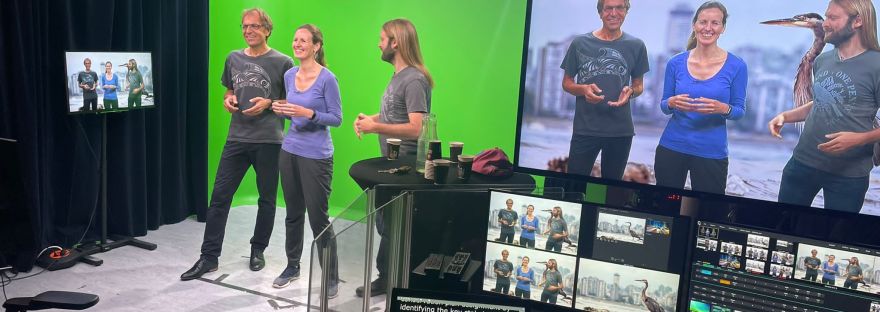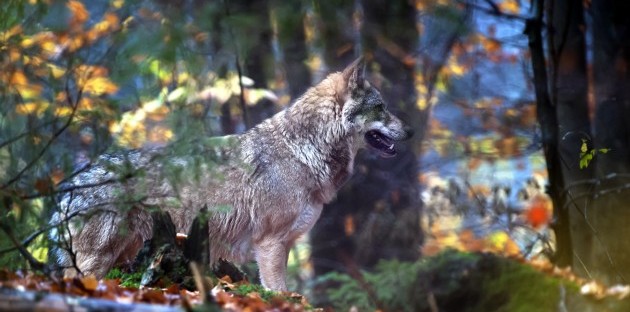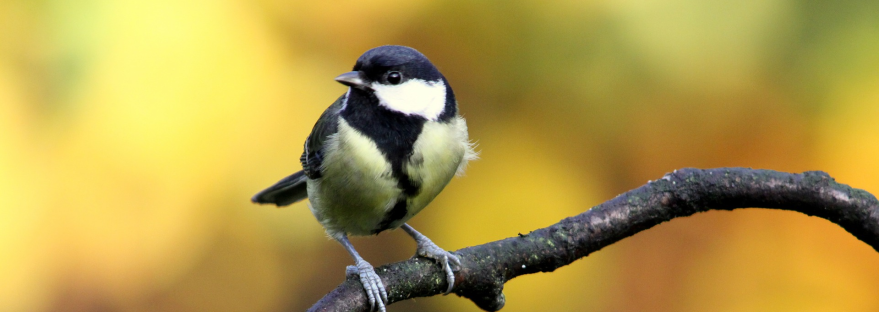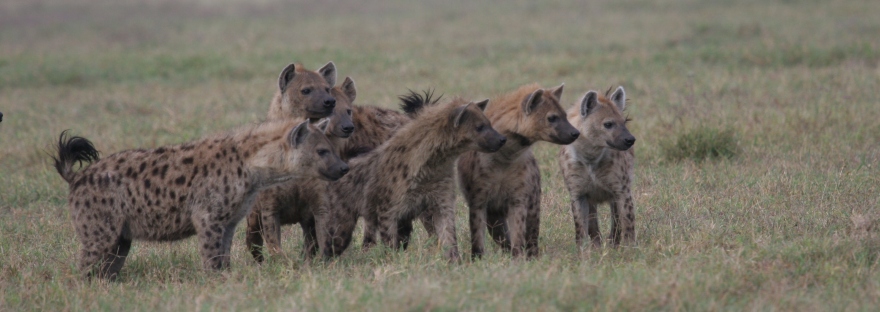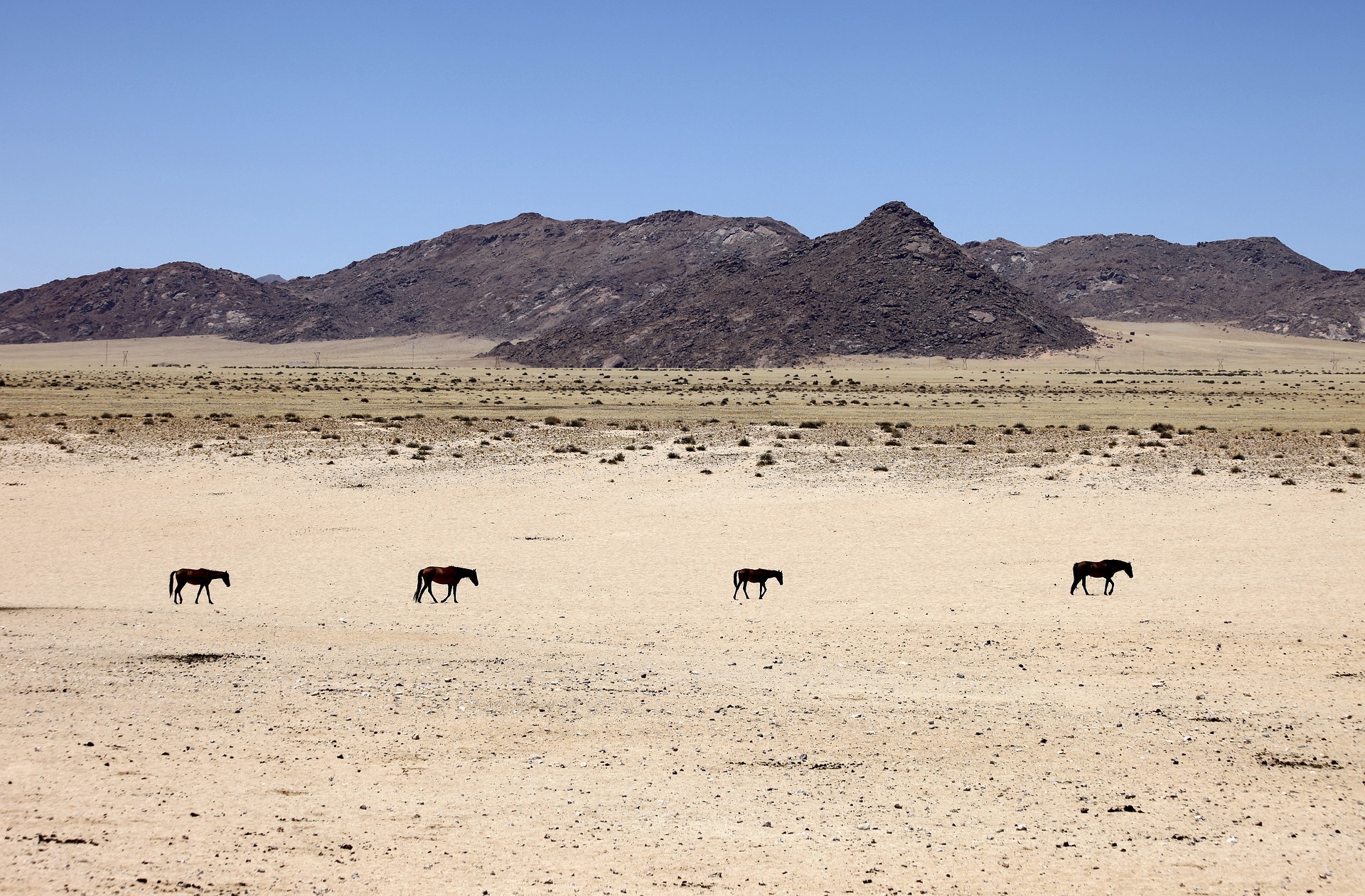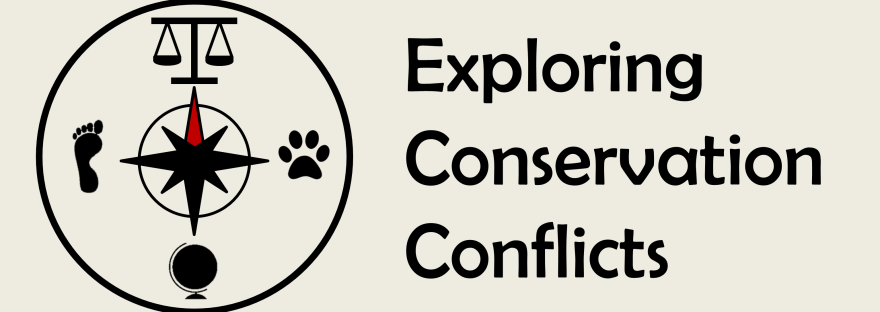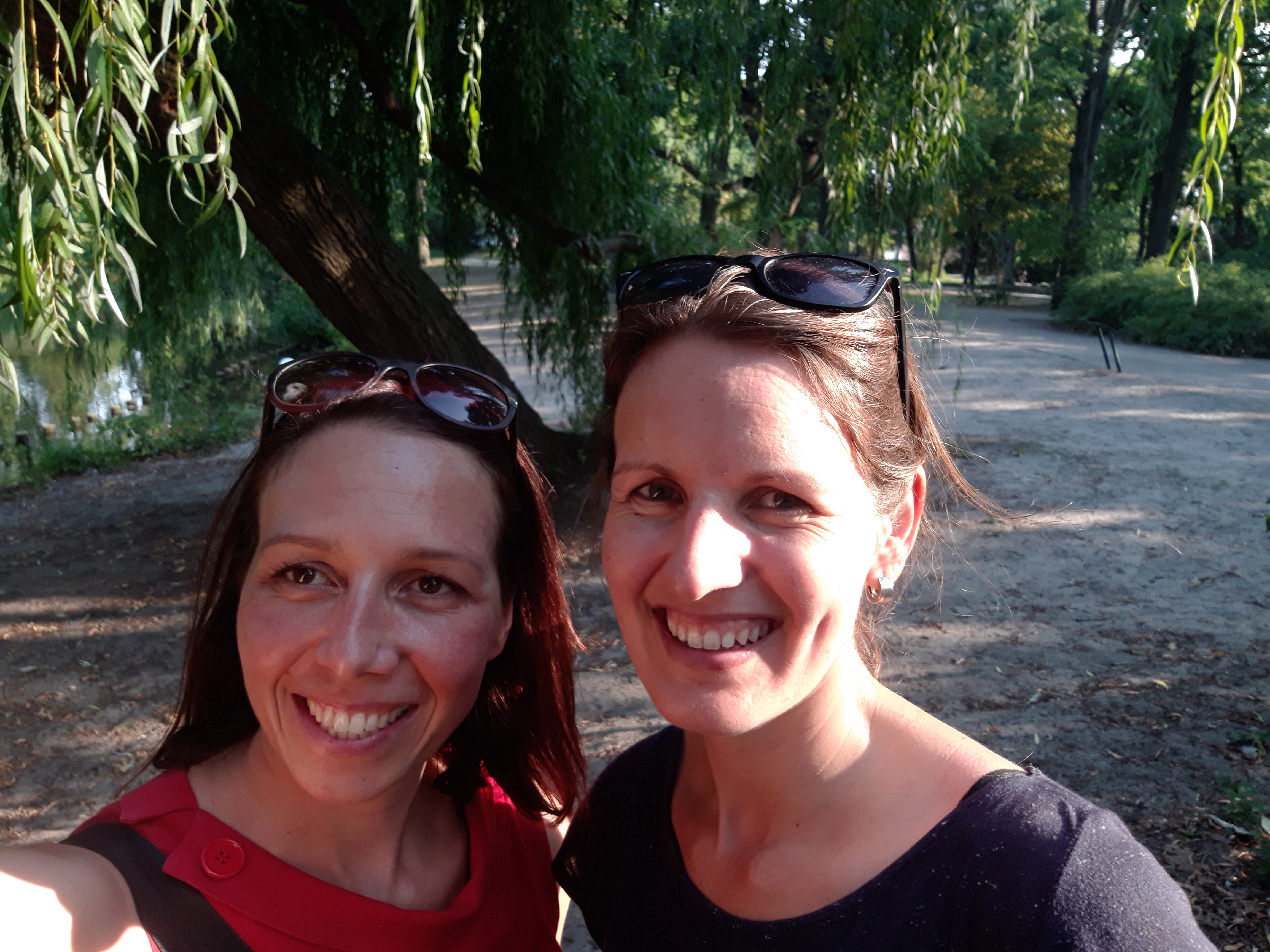This week the moment I was looking forward to for some time is finally there: the MOOC on Animal Behaviour in Conservation is running on Edx!
After over a year of preparation and with the help of many people, we (James Savage, Marc Naguib and I) were able to create a free online course that helps participants apply the animal behaviour perspective on conservation challenges. Specifically, we highlight three challenges: rapid environmental change, human-wildlife conflict and wildlife reintroductions.
In this MOOC, we explore key concepts from animal behaviour and apply them to practical wildlife conservation issues. Such behaviour-sensitive management has led to successful conservation interventions:
- A wind farm with technology warning for migrating birds decreased soaring bird mortality to zero with a shutdown period of only 0.2–1.2%.
- A livestock grazing strategy avoiding cheetah communication hubs reduced livestock losses with 86%.
- A mammal translocation program taking neighbour relations into account led to 24 times more offspring for translocated individuals.
Through informative knowledge clips, case studies, interviews, and practical assignments, participants learn how to use animal behaviour in conservation to effectively monitor threats, increase their understanding of the diverse responses to environmental change, and design innovative interventions.
To find out more or enroll, click here to go to the Edx website.
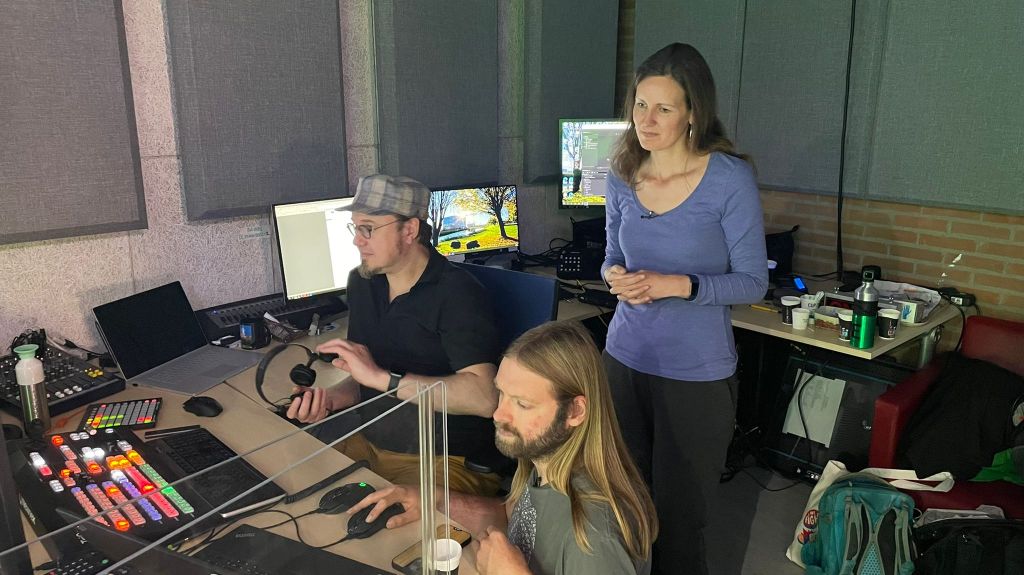

Photo credits: Marc Naguib

